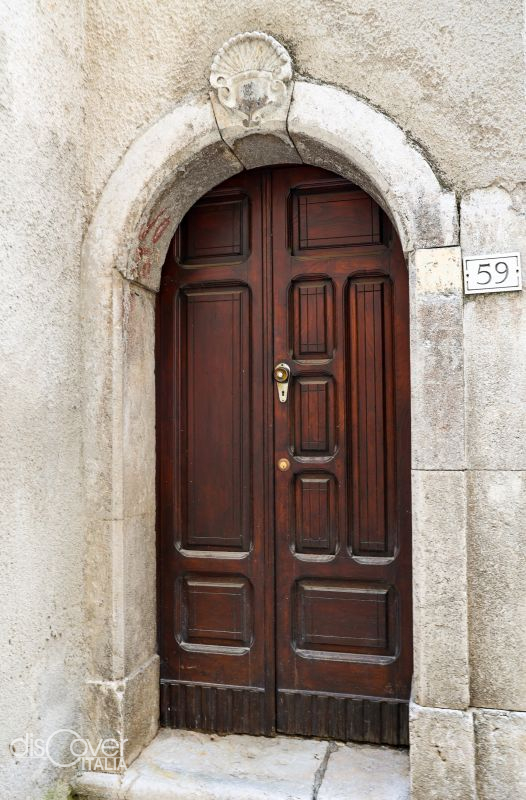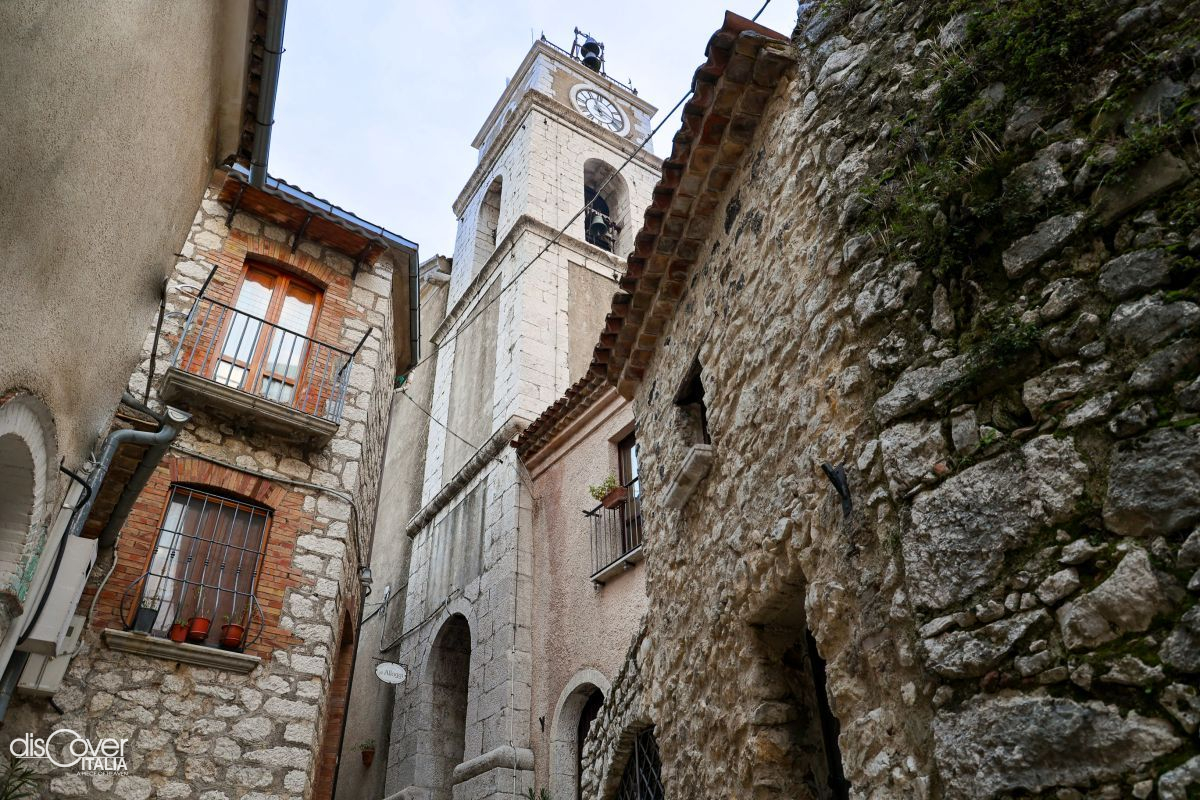Keeps the synthesis of its history in the name. A medieval town, built around a castle, the Castrum vetere, an ancient castle so: this is the genesis of Castelvetere, on the Calore (“of Calore“ until 1950) because the great irpinian river flows through the valley below Mount Tuoro, rising at 750 meters high on its slopes.

In a privileged position over the valley and all the other surrounding villages up in the distance. One of the peculiarities that led Castelvetere to be declared the most beautiful village in Italy. The castle is located in the highest part of the town, known as La Ripa. It was built by the longobards, starting the history of the village known today. The previous history, evidenced by some ruins from the Roman era, is still largely to be ascertained, such as the hypothesized identification with the city of Caulonia cited by Virgil. The first document in which Castelvetere is mentioned dates back, in fact, to 991 A.D. when the town was donated to the salernitan monastery of San Benedetto.

Around the year 1000 a legend related to the castle and to the faith of the inhabitants of the town is set. The Lady of Grace had repeatedly recommended them to build a new temple, but no one had taken the initiative. So the Madonna appeared to an old woman of the town, recommending that she hasten the work of her fellow villagers and indicating as the right spot for her church a point where she would’ve find the snow. It was spring, but the old woman managed to find the snow at the foot of the castle and she finally managed to convince the inhabitants of the village to build the new church, dedicated to the Madonna delle Grazie, patron saint of Castelvetere. Dedicated also to the fortress, commonly referred to since then as “Castello di Santa Maria”. The church became a diocesan sanctuary over time, a destination for pilgrimages from the surroundings and beyond. A must visit, the sanctuary houses a prestigious Madonna of the souls in Purgatory by Matteo Vigilante and a 15th century triptych depicting the Madonna and Saints John the Baptist and the Evangelist.
Castelvetere is also a town among the first to have a cemetery chapel outside the church, as was used then, when the famous edict of Saint Cloud that inspired Foscolo wasn't yet been issued by Ferdinando Napoleone, a relative of the general.
Among the cultural attractions of Castelvetere there are historic churches, noble palaces and also stone fountains, used until a century ago as public wash-houses, where the communal and aggregating rite of laundry took place every day.




Comments powered by CComment